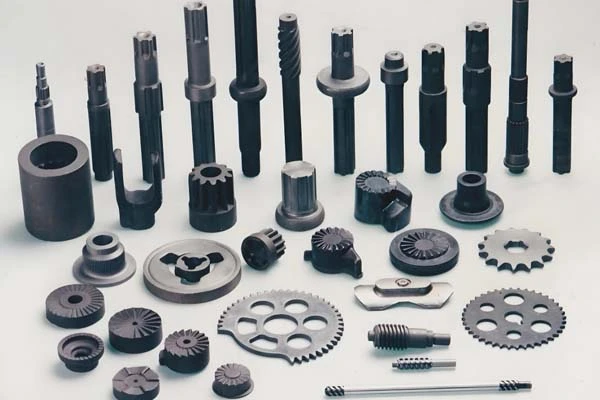What is Cold Forging
Forging is one of the oldest metal forming processes known to man. The process of forging metal involves tapping or hammering the workpiece on or on the mold, template, or fixture to force the metal to deform to the desired shape. Based on the temperature at which the metal is heated before forging, forging is generally divided into three types of processes. These are forging hot working process, warm forging and cold forging. The workpiece heating temperature ranges from several hundred to two thousand degrees Fahrenheit are warm forging and hot forging. The heating temperature does not exceed three-tenths of its recrystallization temperature is called cold forging. In many cases, cold forging is usually operated at room temperature. Especially suitable for the manufacture of small fasteners or precision parts.
Hot Forging vs Cold forging
Compared with hot forging, cold forging eliminates the need for expensive heating equipment. At the same time, cold forging product has the advantages of saving useful materials and high processing accuracy, but it is also limited by process requirements, so it has higher requirements for mold design and manufacturing, equipment pressure requirements, etc. . Cold forging technology saves materials than cutting and other methods (such as hot die forging, etc.). Cold forging technology can also process parts with more complicated shapes with high efficiency, with high precision in size and shape, and good surface quality. The parts manufactured by cold forging technology are often key parts such as shafts, claw poles, and gears of automobiles.
Application of Cold forging
The application of cold forging technology in auto parts manufacturing not only improves the dimensional accuracy and performance of auto parts, but also promotes the development of the auto industry itself, especially the development of the car industry. Due to the development of cars in the direction of miniaturization and light weight, the structure of many parts has become more complicated, and the accuracy requirements have also increased. This is not achieved by ordinary processing methods, but it can be mainly through cold forging technology. , Supplemented by the combination of other processes for new process combinations to complete the manufacturing of parts, for example, the combination of cold forging technology and cutting, welding and warm forming processes.
 English
English  Deutsch
Deutsch  français
français  русский
русский  فارسی
فارسی  العربية
العربية  Español
Español  日本語
日本語  한국어
한국어  italiano
italiano  português
português  dansk
dansk  Suomi
Suomi 





